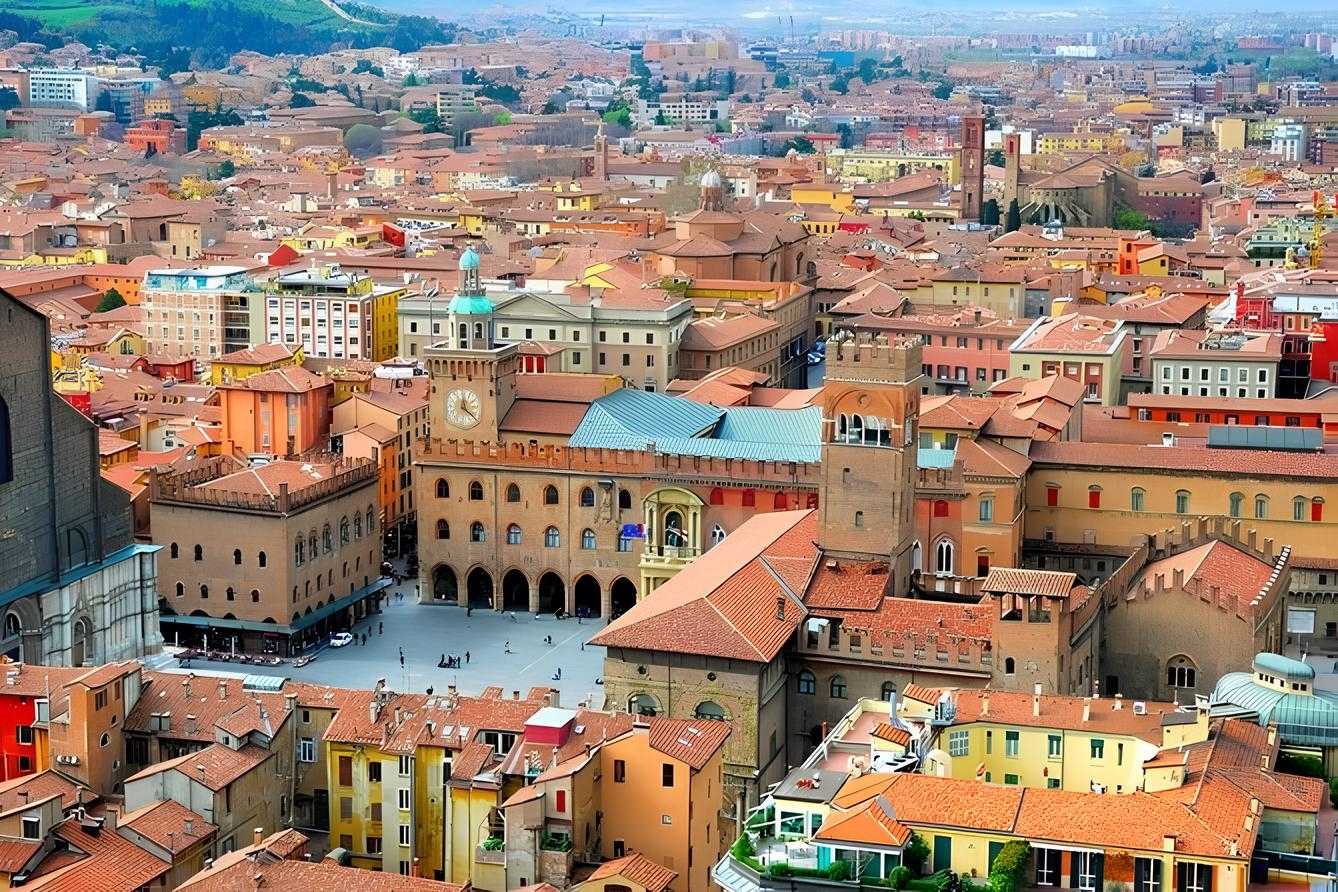The Rise of Universities in the Middle Ages
The evolution of education in the Middle Ages, from cathedral schools to the great medieval universities.

The evolution of education in the Middle Ages, from cathedral schools to the great medieval universities.

